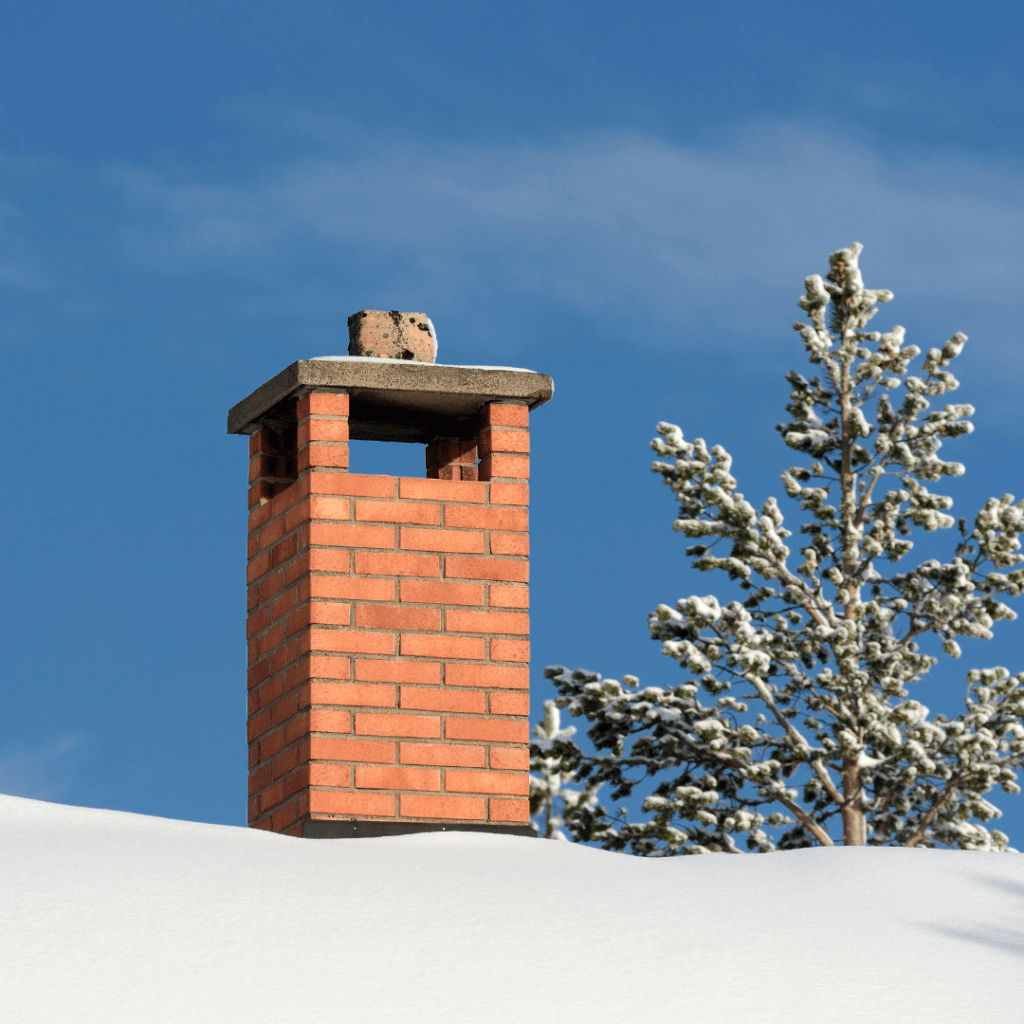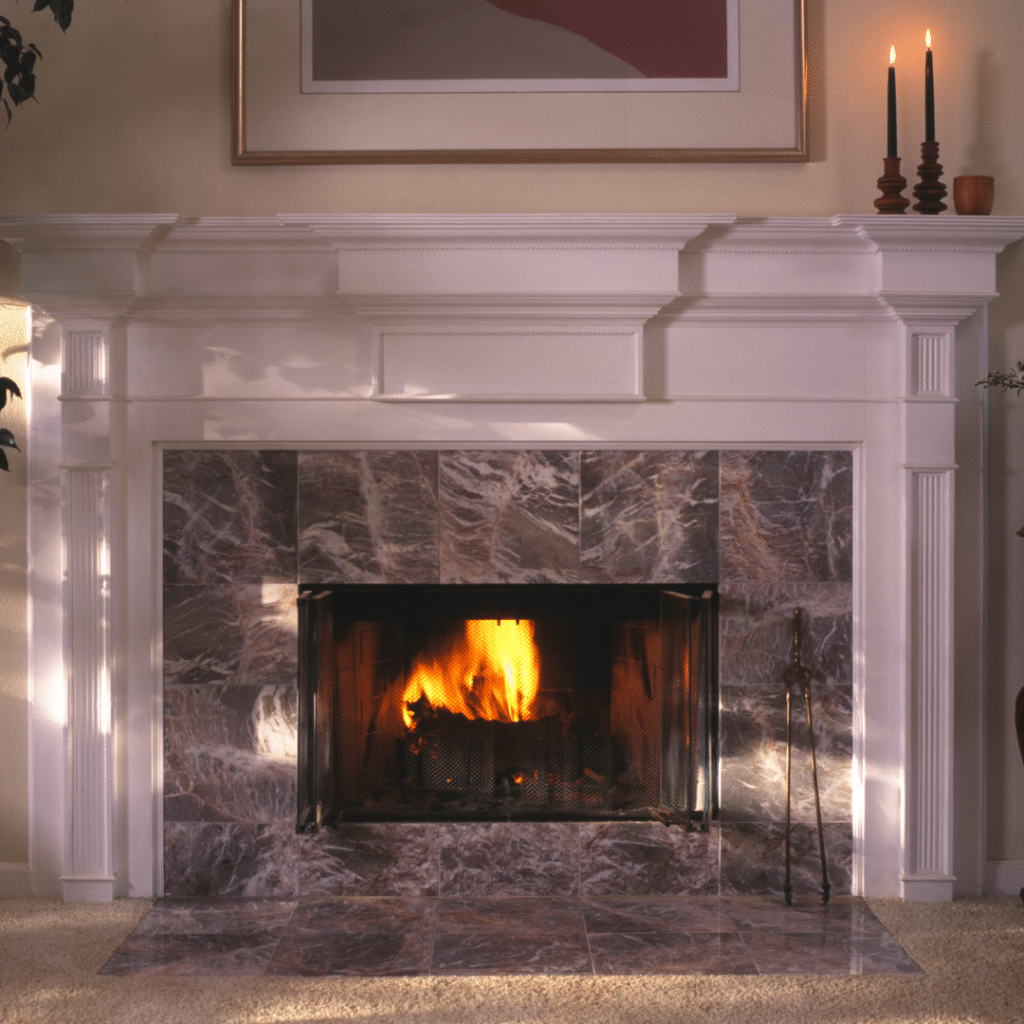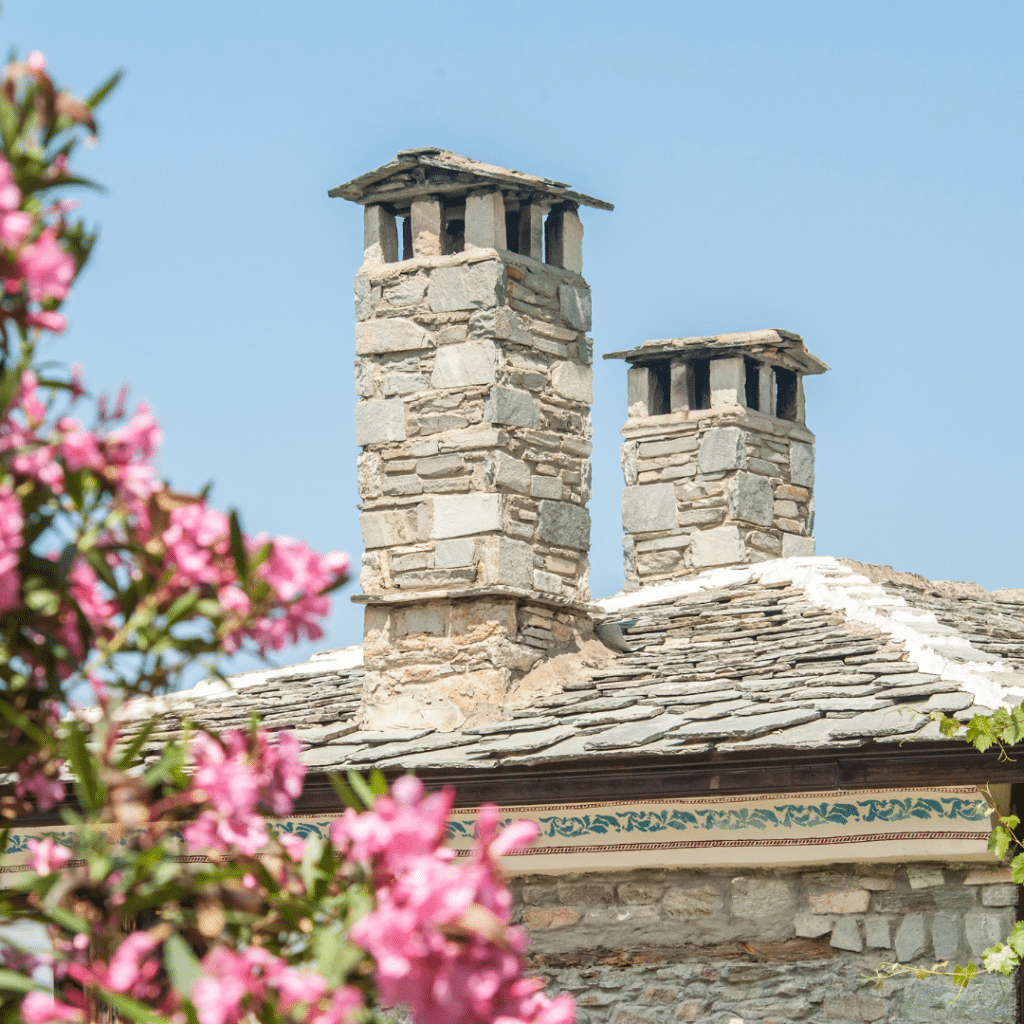How Extreme Weather May Be Damaging Your Chimney
Being near the warm embrace of a fireplace during extreme and chilly weather can be a real lifesaver. But at times, the toll of such weather on the chimneys is too much. When the winter starts to set in and the snow piles up, people stay inside, and the chimney is used more and more. However, the chimney remains outside in the harsh cold.
This may be causing more damage than you realize.

Critters Seeking Refuge Inside the Chimney
This often happens when there is no chimney cap. During extremely cold weather, when the air becomes chilly, critters may enter the chimney passage to seek refuge and warmth. The heat emanating from the chimney makes it an easy target for small animals such as birds, snakes, raccoons, etc., to get inside. It is not an ideal situation at all because it jeopardizes not only the animal but also the home.
Birds may nest inside the chimney, making it difficult for the fuel to pass. Or, if a snake enters the flue liner, it may enter your home through the fireplace.. In the worst-case scenario, the critter may die to the extreme heat, leaving behind odors and a mess to be cleaned. The best way to avoid this is, of course, to cover the top of your chimney with a chimney cap. Call for professional help immediately if this happens to your chimney.
Cold Hearth Syndrome
This happens when the chimney structure absorbs so much cold that it literally becomes colder than the interior of the house. Because of this, it often becomes troublesome to light fires in such a fireplace. Even if this problem is kept at bay, there still remains the fact that a cold chimney causes backdraft as there isn’t enough hot air to carry the smoke out of the chimney.
As soon as the hot air reaches the upper portions of the chimney, it cools down and starts to come back since cold air is heavier than hot air. The fumes that should be safe going outside your home end up being sent back inside. This may cause the home to become stuffy, and inhaling smoke isn’t good for your health.
Stack Effect
You may have heard the term “priming”, which is often done before a fire is lit in a fireplace. This is done to avoid the stack effect. This happens when the chimney already contains some cold air from the outside and when the fireplace is lit, the smoke gets blocked by the dense cold air causing a backdraft.
Thus, priming is done by lighting a newspaper or something combustible and holding it near the open damper until all the cold air has moved out of the chimney. The stack effect causes backdraft, and the smokey air gets inside your home, causing a thick layer of smoky air to hang inside your home.

Heat Loss
If you leave the damper open even after you are done using the fireplace, then the outside air rushes in. While this isn’t usually a cause for concern, when the outside air is cold, the cold air that fills the chimney absorbs significant heat from the damper.
So, the next time you use the fireplace, it has to start the heating process from the beginning, which can be hard on your fireplace. Thus, avoid leaving the damper open. Use tightly sealable dampers or glass fireplace doors. In these cases, the hot damper can still radiate heat into the room after the fire has been extinguished.
Spalling Bricks
The cold weather is not ideal for chimney bricks, especially if accompanied by winter rainfall and snow. What happens is that the surface of the chimneys is made from bricks and mortar, which are absorbent materials. When there is too much cold or rainfall, the surface absorbs the moisture into it. Then when the temperature drops below freezing point, the moisture expands, thus pushing the bricks to crack from the inside. This freeze and thaw cycle continues for a long time, and eventually, the bricks start falling away one by one. This is a cause for concern as it compromises the structural integrity of the chimney.

While chimneys are a great addition to any home, they can come with their own set of issues. Some of these can be avoided by being careful, but the others are inevitable effects of use and time. The important thing is upkeep and repair. If you want to keep using your chimney for a long time, then make sure to get it checked and serviced regularly.



